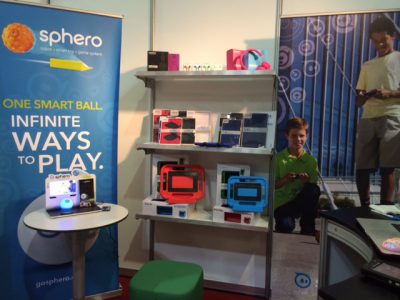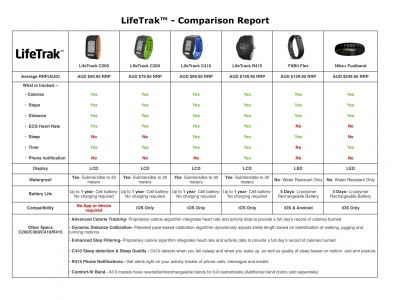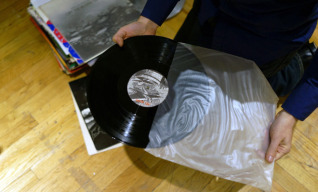When I recently discovered (through a friend) GolfSense’s wafer thin, super-light device that attaches to a glove in the Velcro closure and connects to your iPhone, iPad or iPod Touch via Bluetooth, I knew I had to get one and try it out.
The possibilities of this little device measuring the path of my swing, its speed, tempo and the rotation of the hands intrigued me.
In my case, the only technical issue I experienced was staying still before drawing the club back, as GolfSense requires a brief pause (about a second) before it auto-detects impact. Interestingly, the process of learning to “pause” and hold the club still, in itself, helped me. And impact-detection can be turned on or off, as I later learned.
If you take a step back to the first time you connected with a solid and straight golf shot, you may not have known it at the time, but by either luck or sheer talent (wouldn’t we all like to think the latter) you found a way to square the club at impact. Doing so consistently is the key to hitting quality shots.
The core data provided by GolfSense is a 3D swing view, at several different angles. It’s the most visual, tactile aspect of the data, and the robotic view of the swing and the plane your club travels is captivating, to say the least. Hold the slider down with your finger, and you’ll begin to understand the length of your swing. (John Daly’s backswing would be interesting – he might get past 270 degrees!)
At the top of the screen, a golf ball with an animated GolfSense logo that says “Analysis” provides a quick view of club speed at impact for the current swing, or any of your saved swings.
Click on the golf ball, and you can “swipe” through several different data points, all with useful charts and graphs:
-Clubhead speed (maximum and at impact)
-Hand speed
-Tempo, (time of backswing and downswing in seconds, plus a ratio of the two)
-Hip rotation
-Shaft position at the top of the backswing
-Plane Comparison (between backswing and downswing)
-Wrist Release (degrees per second)




